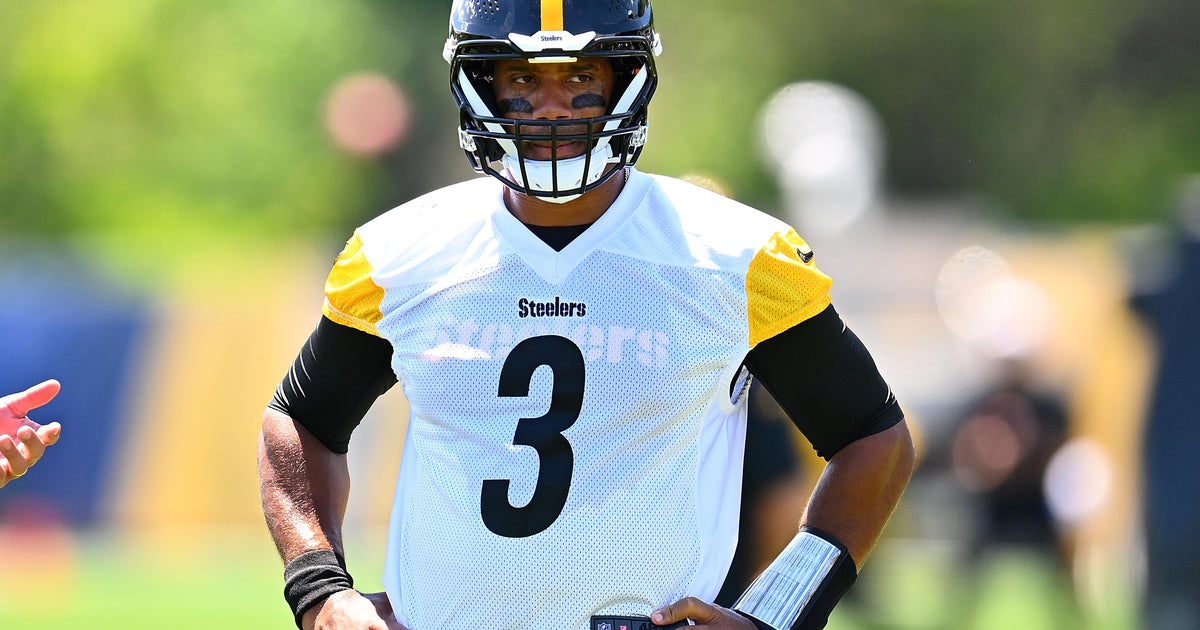"Mr. High School Sports" - Hopefully Shot Clock's Time Will Come
By Matt Popchock
My least favorite phrase in the English language (besides "minimum wage") is "if only."
If only it weren't so expensive...
If only schools weren't methodically making cutbacks year after year...
If only high school sports associations from state to state thought forward instead of backward...
If only none of the above were true, Tuesday could have been a red-letter day for the advancement of the game of basketball at the high school level.
Coulda. Shoulda. Wasn't.
Yesterday the basketball rules committee of the NFHS (National Federation of State High School Associations), the governing body of high school sports across America, voted down a proposal that would have made a shot clock mandatory in high school basketball.
The NFHS issued the following statement:
"Although a shot clock has been employed at the college level for many years, results of the questionnaire that is sent to coaches, officials and state association administrators across the country did not indicate a strong desire to use the clock at the high school level."
Not so fast.
According to Gerry Valerio of MaxPreps, 47% of officials and 63% of coaches who bothered to fill out a survey sent by the NFHS on this matter responded in favor of a universal shot clock. Furthermore, eight states already use a shot clock in their games.
Unfortunately for the other 42, though, the NFHS was right about one thing: only 24% of state administrators supported this, and they're the ones who have the final word.
The NFHS went on to say the following:
"In addition to the fact that there is some concern about the costs associated with the use of a shot clock, the committee also expressed a belief that the game is typically played with an up-tempo style even without a shot clock."
Once again, yes and no.
When New Castle forced overtime against Montour in the PIAA playoffs, the game maintained its level of excitement because both teams were actually trying to score in the extra period. But I've also seen overtime games in which both teams spent the entire time running sets, seldom attempting a shot, and let it come down to one measly free throw.
The Seton-LaSalle girls ran the table this past season, thanks in part to a win over neighborhood rival Bishop Canevin in the WPIAL Class AA Final, also at the Palumbo Center. That was a well-played game, with both teams trading offensive blows till the final minutes.
The girls' 5A state final in Oregon...eh, not so much. It ended in a 16-7 score because the coach of the underdog team thought he could level the court by taking the air out of the ball (literally, if possible, or so it appears).
Don't get me wrong, I've seen my share of 50-combined-point clunkers in girls' hoops. But at least in those instances, the issue was skill, not strategy.
Funny I should mention that, because the NFHS went on to say this:
"In addition, the committee believes that coaches should have the option of a slower-paced game if they believe it makes their team more competitive in specific situations."
I'm the first to admit I couldn't diagram a play on the dry-erase marker board if my life depended on it, and I'm also the first to admit I was a terrible athlete, so maybe I just don't understand the will to win. Having said that, the will to win means nothing to me without the will to teach or the will to learn. What are those girls in Oregon supposed to take from that championship contest?
Winning a game that ends with 23 aggregate points by design proves nothing to me. With all deference and sensitivity intended, I really don't care who won. I just want the winner to prove it can make plays when the value of each possession is enhanced, when there isn't a loophole in the government of the game that can be exploited, and when you have to play your best basketball for all 32 minutes (and more, if necessary), or else. Champions rise to such a challenge.
Enter the shot clock.
Besides, that strategy isn't always a quick fix. In the short time I've been doing this, I've seen multiple instances of boys' and girls' teams who played patty-cake around the perimeter, and tried to shorten the game, only to see the tactic backfire, sometimes losing leads in the process they probably had no business losing.
The NFHS wrapped up its press release by talking about hard economic times for a number of high schools throughout the country. This is why I'm willing to give even an enigmatic bureaucracy like the PIAA a bit of a free pass on this one, regardless of how its leaders voted. As the Post-Gazette's Mike White pointed out in his "Varsity Blog," buying a shot clock, let alone operating one on a semi-daily basis, can be a more difficult financial endeavor than one might think.
Nevertheless, I hope this isn't the last we hear of this issue in the foreseeable future, and I hope a 35-second shot clock eventually becomes the norm everywhere. Win or lose, the objective of high school basketball should be to teach kids, especially those with ambitions of making a living out of the sport, how to play, and how to adjust to different styles of play. That can't be done simply by telling them to hold the ball. Those kids need to be taught how to work smart and hard, and in order to properly ready them for the next level, they need to be taught now, not later.
(Follow me on Twitter @mpopchock.)



